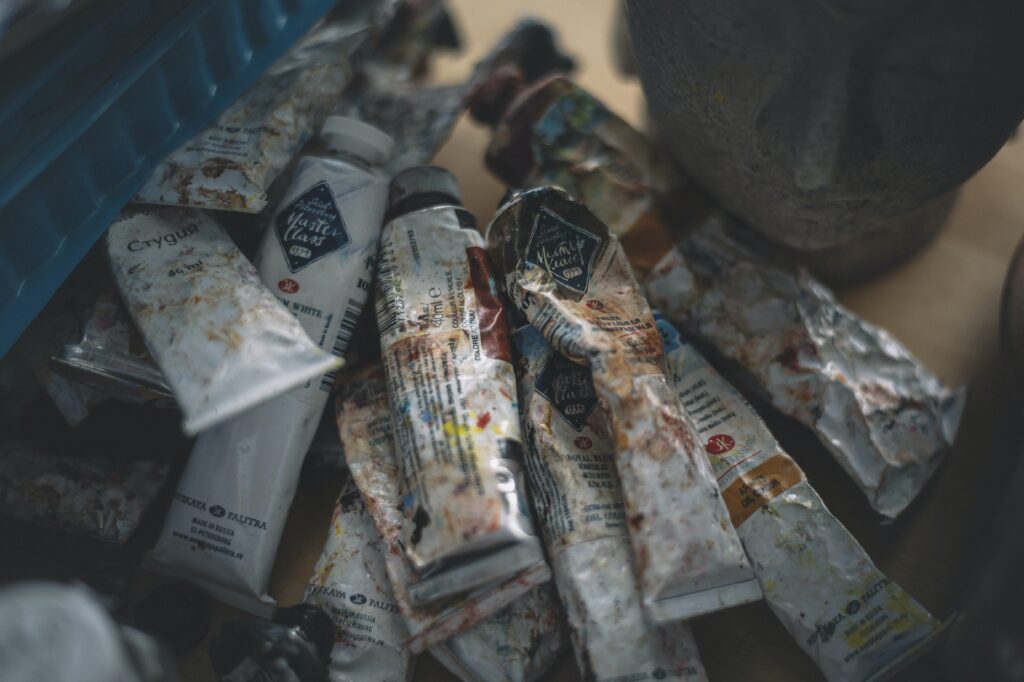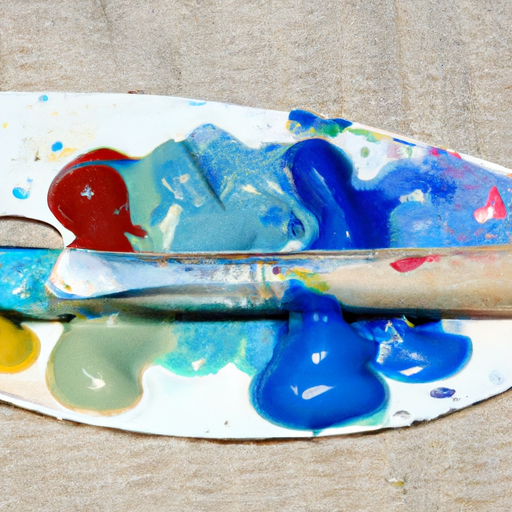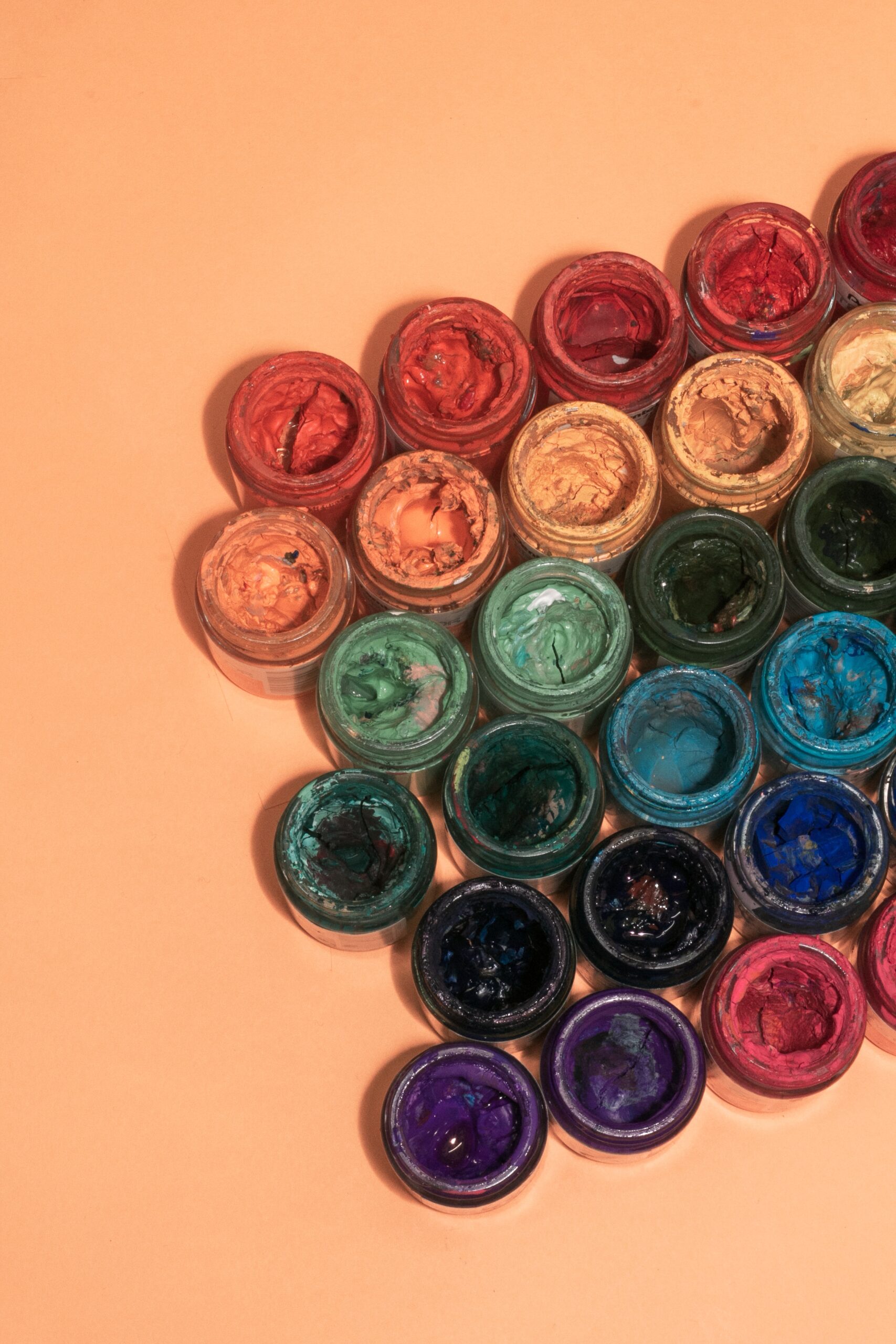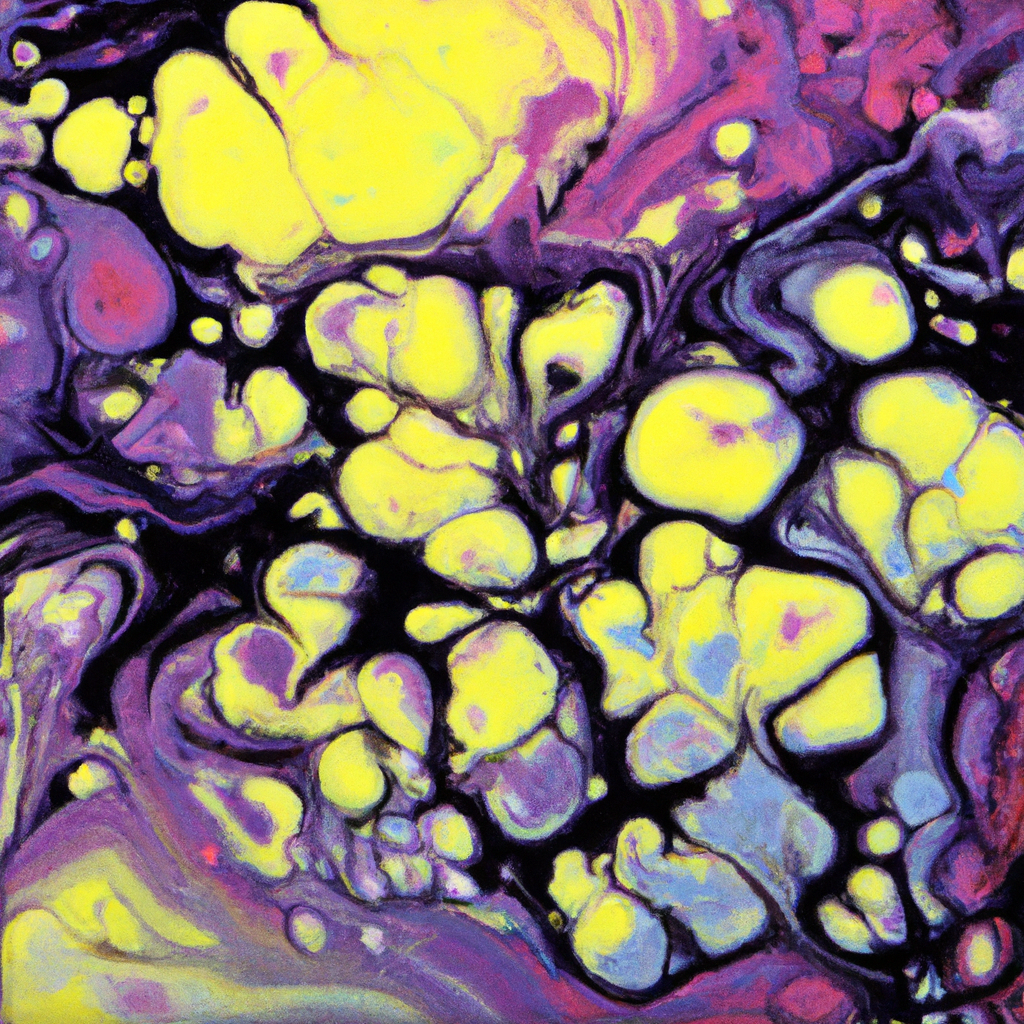You’ve just finished a beautiful painting, but now you’re wondering if acrylic paints are washable with water. Well, the good news is that you don’t have to search any further! In this article, we will explore the question of whether acrylic paints can be easily washed away with water, providing you with all the information you need to take care of your artwork and keep your brushes clean. So, let’s dive in and discover the truth about acrylic paints and water washability!

What are Acrylic Paints?
Acrylic paints are a type of water-based paint that is made up of pigment particles suspended in an acrylic polymer emulsion. They are known for their vibrant colors, versatility, and quick-drying properties, making them a popular choice among artists and crafts enthusiasts. Acrylic paints can be used on a variety of surfaces, including canvas, paper, wood, and even fabric. They can be thinned with water or mixed with other mediums to create different effects and textures.
Washability of Acrylic Paints
When it comes to washability, acrylic paints offer a unique advantage over other types of paint. Unlike oil paints, which require harsh solvents for cleaning, acrylic paints can often be washed away with just water. This makes them a convenient option for both artists and hobbyists who prefer a hassle-free clean-up process. However, it’s important to understand the factors that can affect the washability of acrylic paints.
Can Acrylic Paints be Washed with Water?
Yes, acrylic paints can be washed with water due to their water-soluble nature. Unlike oil-based paints, which require turpentine or mineral spirits for clean-up, acrylic paints can be easily diluted or cleaned with water. This not only makes them safer to use but also more environmentally friendly. However, the effectiveness of water in cleaning acrylic paints depends on various factors.
Benefits of Washing Acrylic Paints with Water
There are several advantages to washing acrylic paints with water. Firstly, it eliminates the need for harsh chemicals, such as solvents or paint thinners, which can be toxic and harmful to both humans and the environment. Water is a readily available and safe option for cleaning acrylic paints. Additionally, cleaning and maintaining acrylic paints with water is relatively easy and convenient. You can simply rinse your brushes or other painting tools under running water and wipe down surfaces with a damp cloth.

Preventing and Preparing for Clean-up
Preventing and preparing for clean-up can help make the process easier and more effective. Using protective measures, such as wearing gloves or aprons, can help minimize the chances of getting acrylic paint on your skin or clothing. Additionally, preparing the painting surface before starting can make clean-up less challenging. Covering surfaces with plastic sheets or newspaper can help protect them from accidental paint spills or splatters.
Cleaning Acrylic Paint from Different Surfaces
When it comes to cleaning acrylic paint from different surfaces, such as brushes, clothing, fabric, or hard surfaces, there are specific methods that can be used.
To clean acrylic paint from brushes, rinse them under warm water to remove excess paint. Then, use a mild soap or brush cleaner to gently scrub the bristles until they are clean. Rinse the brushes again and reshape the bristles before allowing them to dry.
When removing acrylic paint from clothing and fabric, it’s important to act quickly. Blot the excess paint with a paper towel or cloth, and then rinse the stained area with cold water. Gently rub the fabric with a mild detergent or stain remover, and then launder as usual.
For cleaning acrylic paint from hard surfaces, such as countertops or floors, start by wiping away any excess paint with a damp cloth. Then, use warm, soapy water and a sponge or scrub brush to scrub the surface until the paint is removed. Rinse with clean water and dry with a towel.
Removing acrylic paint from skin can be done by first washing the area with soap and warm water. For stubborn stains, use a gentle exfoliating scrub or a mixture of baking soda and water to gently rub the affected area. Rinse thoroughly and moisturize the skin afterward.

Alternative Methods of Cleaning Acrylic Paints
In addition to using water, there are alternative methods and solutions that can be used for cleaning acrylic paints.
Using soap and water is a common and effective method for cleaning acrylic paints. Simply mix a small amount of mild dish soap or hand soap with water to create a soapy solution. Dip your brushes or other painting tools into the solution and gently clean them, rinsing them afterward with water.
Homemade solutions can also be used to clean acrylic paints. One popular homemade solution is a mixture of vinegar and water. Mix equal parts vinegar and water in a container and use it to clean brushes or other painting tools. Another option is a mixture of baking soda and water, which can be used as a gentle scrub to remove dried acrylic paint from surfaces.
If water or homemade solutions are not effective in removing acrylic paint, there are commercial acrylic paint removers available. These products are specifically designed to dissolve and remove acrylic paint from various surfaces. Follow the instructions provided by the manufacturer for safe and effective use.
Tips for Effective Clean-up and Maintenance
To ensure successful clean-up and maintain the longevity of your acrylic paints, here are some helpful tips:
-
Act quickly: The sooner you address a paint spill or stain, the easier it will be to clean. Promptly blot excess paint or rinse the affected area with water to prevent the paint from drying and setting.
-
Avoiding stains: Taking preventive measures, such as using protective clothing or coverings, can help minimize the risk of stains. Wipe or rinse brushes and tools regularly while painting to prevent dried paint from accumulating.
-
Proper storage of acrylic paints: To prolong the life of your acrylic paints, make sure to tightly seal their containers when not in use. Store them in a cool, dry place away from direct sunlight or extreme temperatures. Properly stored paints will have a longer shelf life and be easier to work with.

Precautions and Limitations
While many acrylic paints are washable with water, it’s important to note that not all acrylic paints possess the same washability. Some acrylic paints may have additives or different compositions that make them less soluble in water. It’s always a good idea to check the label or product information to determine if a specific acrylic paint is washable with water.
Another consideration is the impact of water on different surfaces. While water may be effective in cleaning acrylic paint from certain surfaces, it may cause damage or discoloration on others. It’s recommended to test a small, inconspicuous area before applying water or any cleaning solutions to ensure that it does not cause any unwanted effects.
Conclusion
In conclusion, acrylic paints offer the advantage of washability with water, making them a convenient and user-friendly choice for artists and hobbyists. Their water-soluble nature and ease of clean-up make them a preferred option for many. By following proper cleaning techniques, using protective measures, and being aware of the limitations of acrylic paints, you can enjoy the benefits of these versatile paints while minimizing the challenges of clean-up.




